Understanding the Staggering Reality of Food Waste
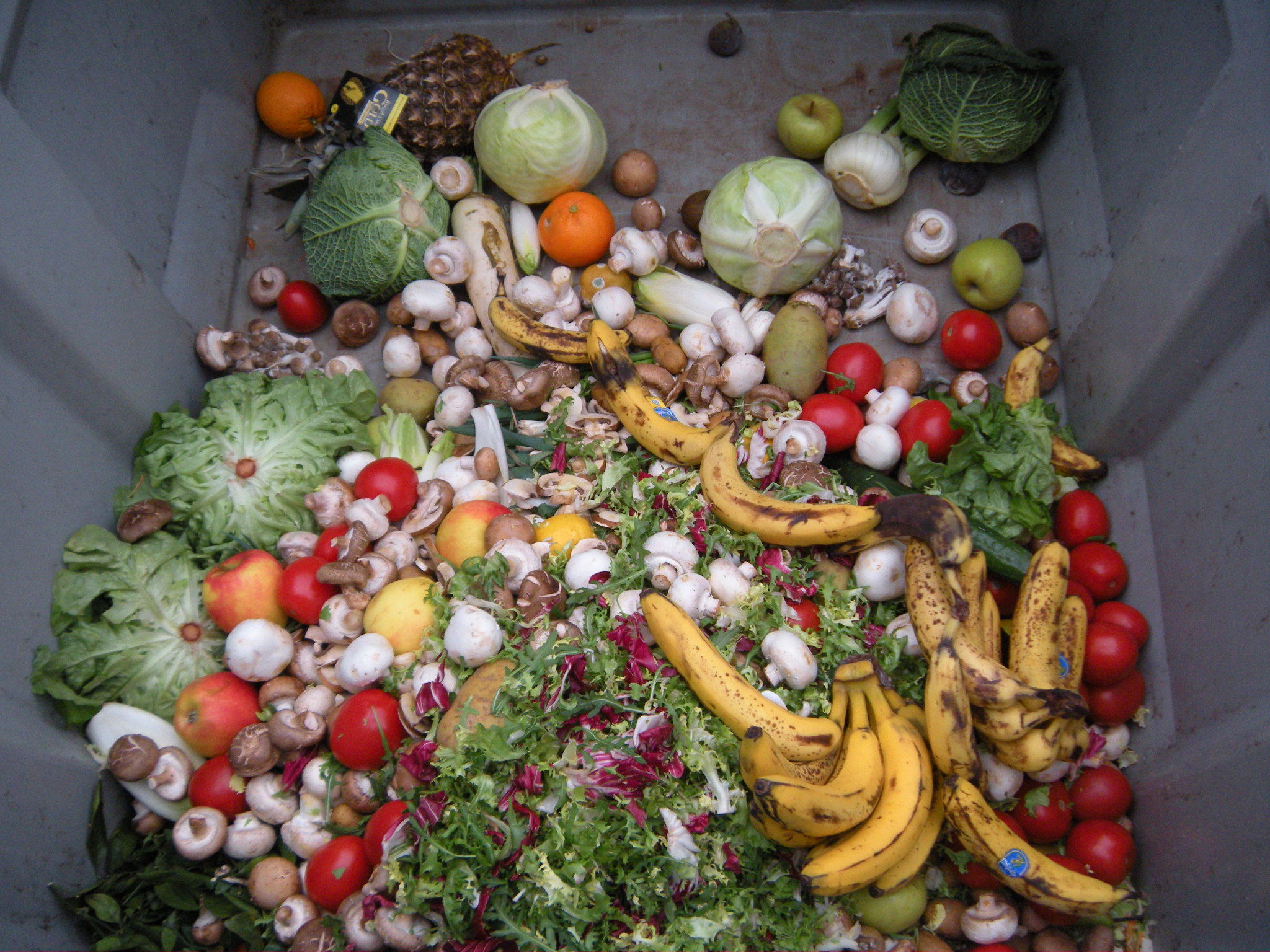
Did you know that America throws away nearly 60 million tons of food every year, almost 40 percent of the entire US food supply? That’s roughly about one-third of everything we grow, harvest, and produce. In 2019, 66.2 million tons of wasted food were generated in the food retail, food service and residential sectors in the United States, but only 5% of that wasted food was composted.
When food waste ends up in landfills, something disturbing happens. When compostable waste goes to a landfill, it gets buried under massive amounts of other trash, cutting off a regular supply of oxygen for the decomposers. The waste then ends up undergoing anaerobic decomposition, being broken down by organisms that can live without free-flowing oxygen. During anaerobic decomposition, biogas is created as a by-product. This biogas is roughly 50 percent methane and 50 percent carbon dioxide, both of which are potent greenhouse gases, with methane being 28 to 36 times more effective than CO2 at trapping heat in the atmosphere over a century. That’s why home composting matters more than you might think.
Why Home Composting Changes Everything
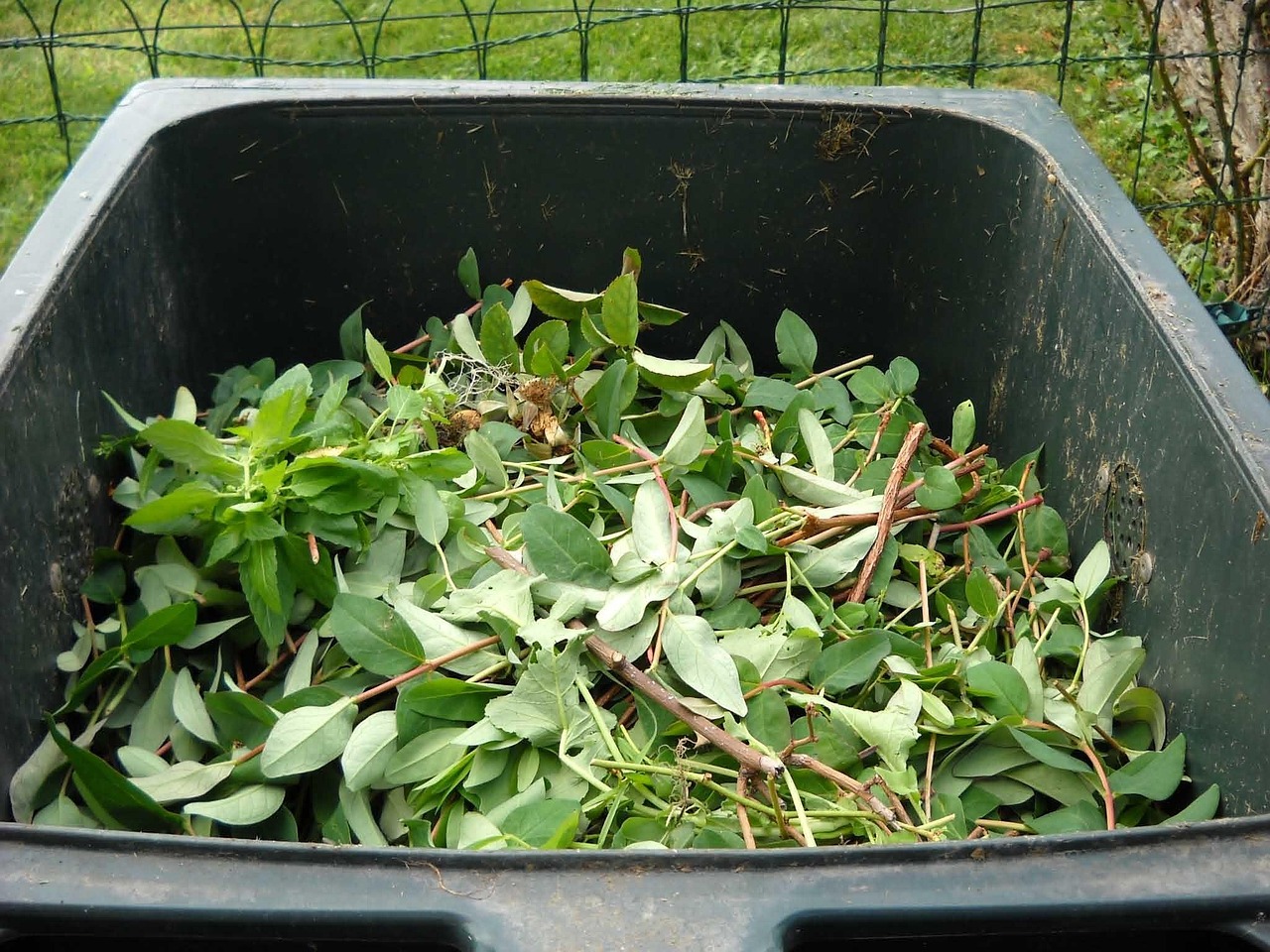
Composting is one of the most powerful actions we can take to reduce our trash, address climate change, and build healthy soil. Instead of sending our food scraps to create harmful methane emissions in landfills, we can transform them into something precious for our gardens. Composting adds organic matter to the soil and increases the nutrient content and biodiversity of microbes in soil, while conserving water and reducing water use by helping soils retain moisture.
What’s remarkable is that food scraps and garden waste combined make up more than 28 percent of what we throw away, according to the EPA. Think about your own kitchen for a moment. How many banana peels, coffee grounds, and vegetable scraps do you toss in the trash each week? Every single one of those items could be feeding your soil instead.
Setting Up Your Composting Space Like a Pro
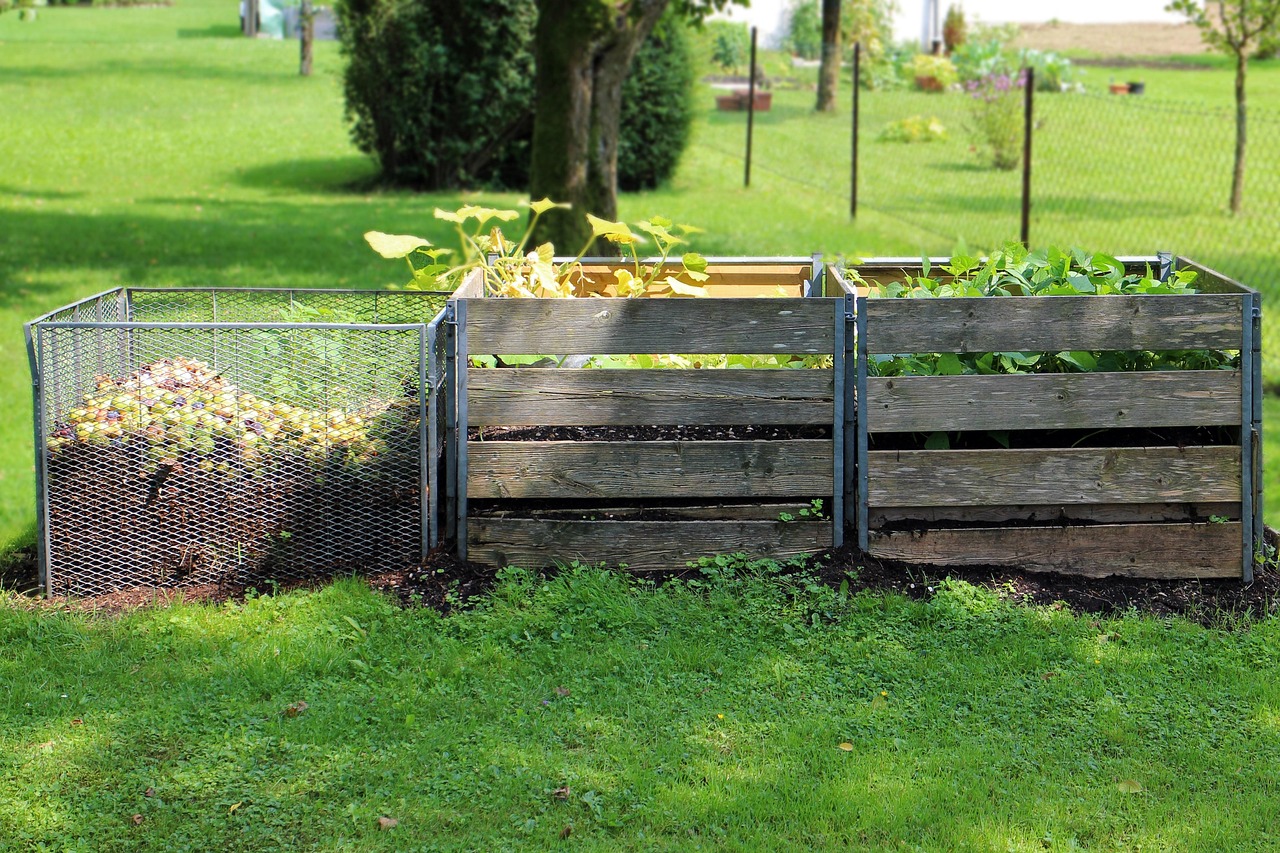
You don’t need a huge backyard to start composting successfully. Set aside space for your compost pile and build or buy a bin. Choose a space in your yard for your compost pile that is easily accessible year-round and has good drainage. Avoid placing it right up against a fence and ensure there is a water source nearby. Even a small corner of your yard can work perfectly.
There are compost bins for all spaces, big or small. No matter how much space you have, there is a compost bin that can work for you. Compost bins come in all shapes and sizes, but the ones that work best are usually plastic enclosed. The size of your space should tell you what composting bin would be most suitable. If you’re working with limited space, don’t worry. Modern composting solutions are designed with urban living in mind.
Essential Materials Every Composter Needs
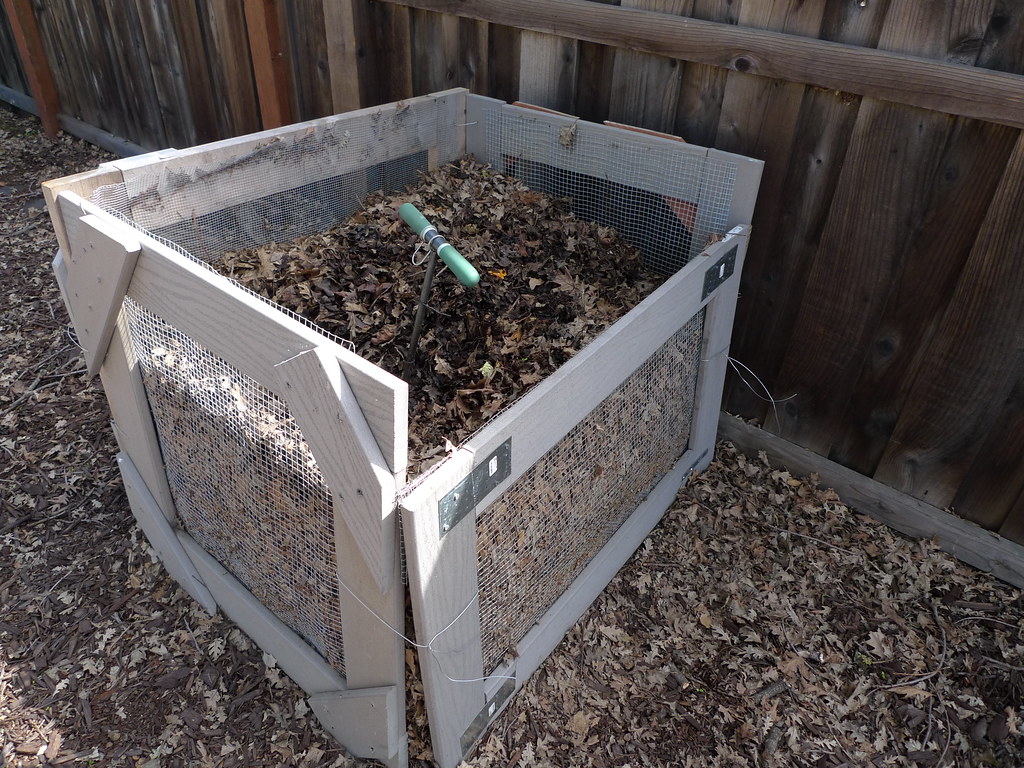
Successful composting is like cooking a perfect meal – you need the right ingredients in the right proportions. Carbon ingredients, also known as “brown” materials, consist of drier plant-based materials, like dried leaves, shredded paper or cardboard (which can have ink, since experts say most modern inks are non-toxic), sawdust and straw. These browns are your composting foundation.
Nitrogen ingredients include wetter, “green” materials like scraps from fruits and vegetables, coffee grounds, and grass clippings. Organisms that decompose organic waste need four key elements to thrive: nitrogen, carbon, air, and water. Since all compostable materials contain carbon, with varying amounts of nitrogen, composting successfully is just a matter of using the right combination of materials to achieve the best ratio of carbon to nitrogen and maintaining the right amounts of air and water to yield the best results. The key is balance, not perfection.
Choosing the Perfect Composting Container
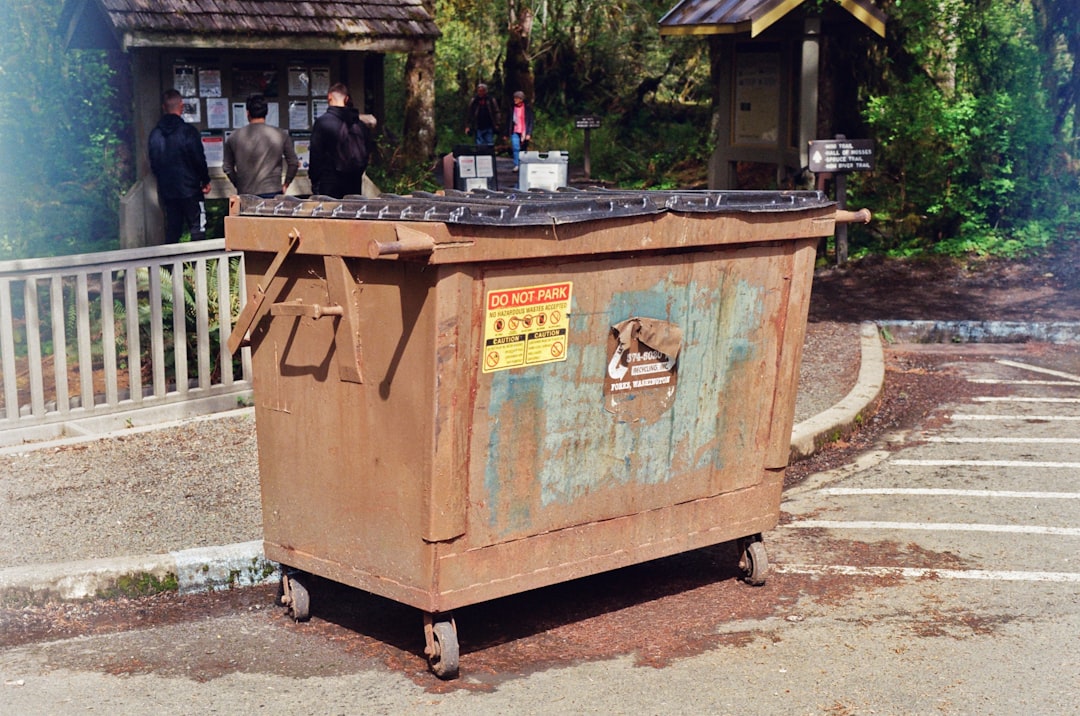
For smaller yards, raised or tumbling compost bins work well, and since they are off the ground, tend to keep rodents out. Grounded compost bins work just as well, but it’s recommended you add wire mesh under the base to deter burrowing animals. Tumbler bins are particularly popular because they make turning your compost effortless.
A tumbler is a sealed container that is mounted on an axle or base and can be rotated with a handle. By turning the container, you are aerating and mixing the waste inside, which will help foster aerobic conditions to break down the materials and speed up the composting process. A sealed drum tumbler retains moisture and heat (note that you may need to monitor moisture more carefully to ensure it doesn’t get too wet). These bins are perfect if you want faster results with minimal effort.
The Simple Three-Bin System That Works
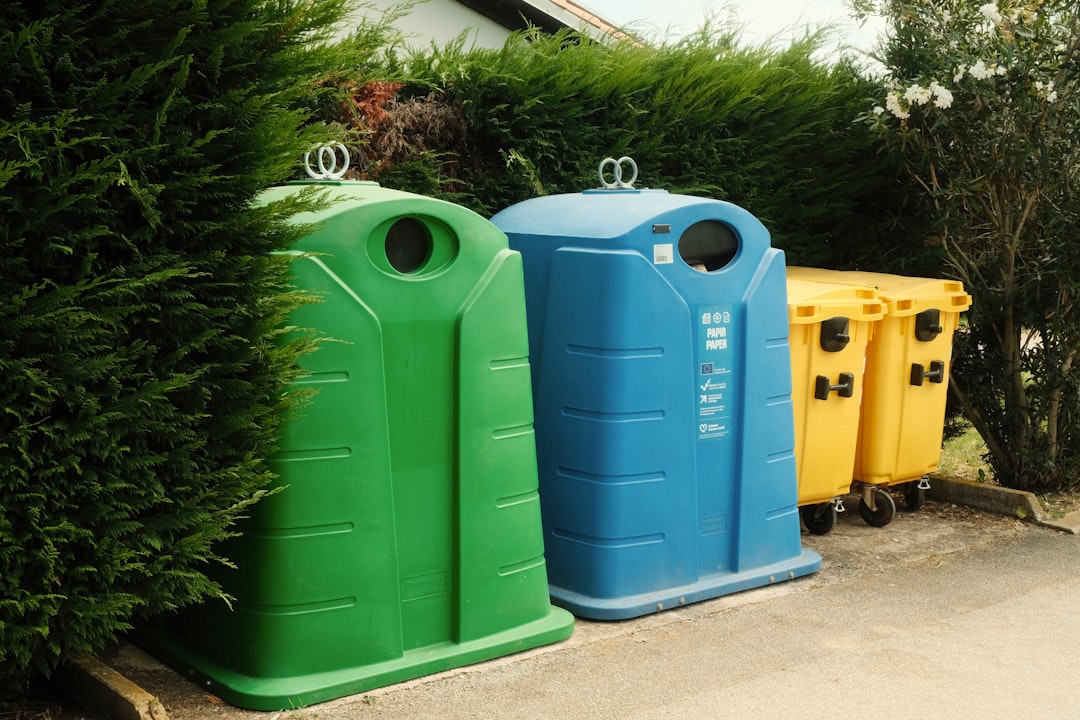
Bins to contain compost can be constructed from materials such as wire, wood, and cinder blocks; enclosed barrels or tumblers for small volumes are also available for purchase. Three-bin systems are a common model, with each bin containing compost at a different stage of the process, from freshly added organic materials to finished compost. This system lets you have continuous compost production.
Picture this: bin one contains fresh materials you’re just adding, bin two has partially decomposed matter that’s cooking away, and bin three holds your finished, dark, crumbly compost ready for the garden. It’s like an assembly line for creating garden gold. Open bins can be purchased, or you can make one yourself by driving metal stakes or wooden posts into the soil, ideally in a 3-by-3-foot square, and then wrapping the posts with wire mesh fencing. If you have the materials handy, you can also make an open bin from wooden pallets. You can use this method for either hot or cold composting, depending how much you’d like to monitor the balance of materials, turn the pile for aeration, and ensure the right moisture level.
Hot Composting vs Cold Composting Methods
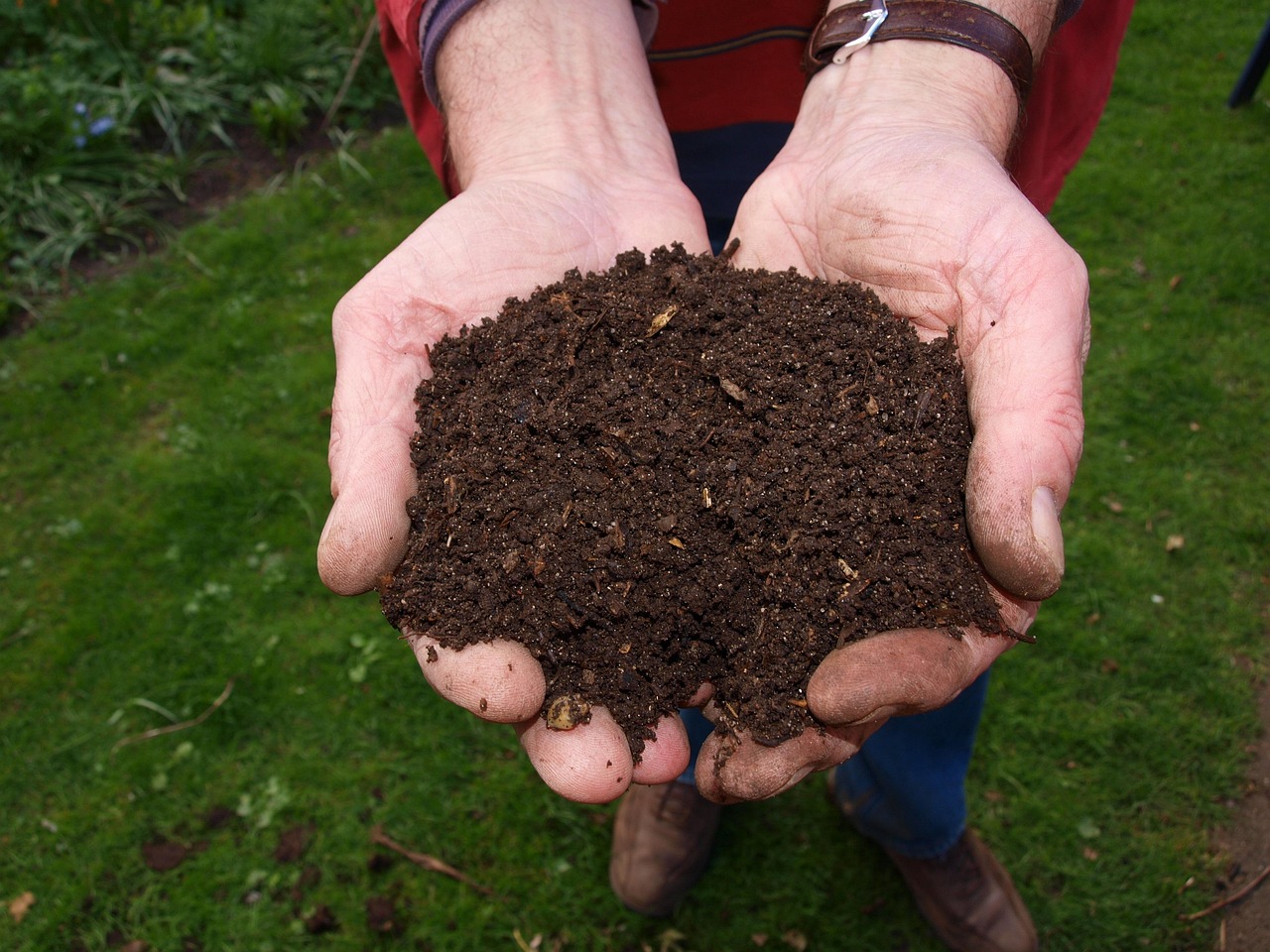
Hot composting is like the race car of composting methods. Under ideal conditions, you could have the final compost product in four weeks to 12 months. If managed correctly, the high temperature of the pile will destroy most weeds, plant diseases, pesticides, and herbicides, plus any bug larvae or eggs. This method requires more attention but delivers faster results.
Cold composting can also work at any temperature, but is most active between 50-70 degrees Fahrenheit and doesn’t require as frequent mixing as hot composting. Cold composting is the “set it and forget it” approach. You simply keep adding materials and let nature take its time. While it takes longer, it’s perfect for busy people who want to compost without constant monitoring.
Mastering the Art of Vermicomposting

Worm composting, or vermicomposting, relies on earthworms and microorganisms to break down organic materials into vermicompost, or worm castings, a high-quality soil amendment. A vermicomposting system can be indoors or outdoors in the shade and sized to match the volume of food scraps put into the system. Vermicomposting can used by households, schools, farms, institutions, and businesses. A properly maintained vermicomposting system does not produce odors or attract pests.
Think of worms as your tiny composting workforce. Worm composting, or vermicomposting, is another method of composting you can try at home. It takes up little space, the materials are simple and inexpensive, and it can be done indoors or outdoors. You will need a container or bin, bedding material, worms, and food scraps. If your worm bin is properly maintained, it should not emit odors or attract pests. Red wiggler worms are particularly effective at breaking down kitchen scraps.
The Revolutionary Bokashi Method
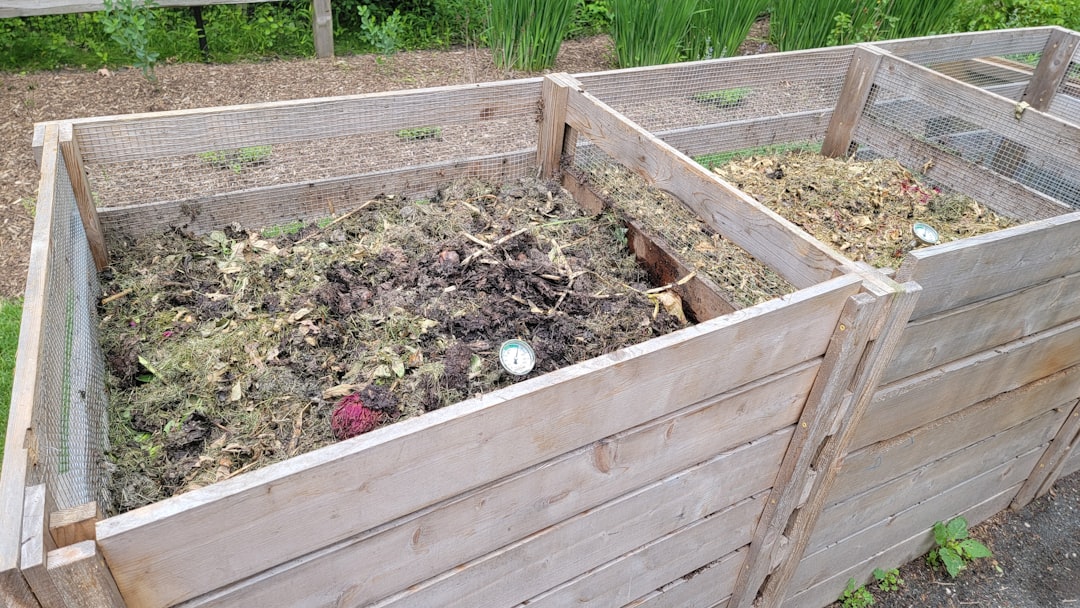
Bokashi is a type of composting in which you seal food scraps and organic waste in an airtight container, add a “bokashi bran,” and periodically drain off the liquid, until the food scraps are fermented and ready to be composted. This Japanese method is transforming how people think about composting because it breaks all the traditional rules.
While traditional composting recommends against adding meat or dairy products (either because the compost doesn’t reach high enough temperatures, or because it may attract unwanted pests or smells), bokashi’s anaerobic process can handle meat and dairy products. Bokashi is much quicker than traditional composting. While traditional composting can take several months for food scraps to break down into usable matter, bokashi can take as little as one month – two weeks in the anaerobic container, and another two in a compost pile or a fallow patch of your garden. It’s like having a fermentation shortcut for your organic waste.
What Never Goes in Your Compost Bin
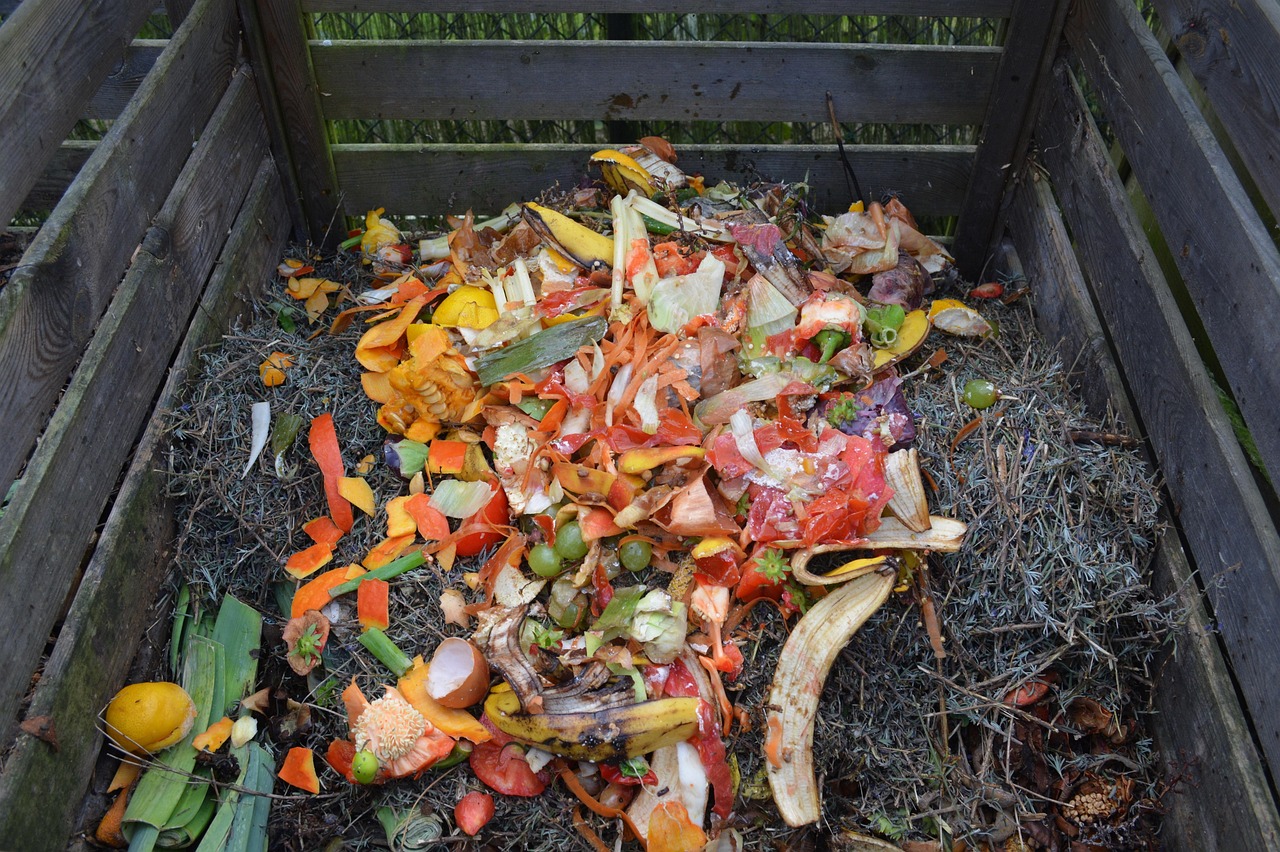
Even the most forgiving composting methods have their limits. Enfield suggests skipping yard or grass trimmings that’ve been treated with chemicals like pesticides or herbicides to your compost mixture, along with meat and dairy products, oily/greasy food waste, pet waste, diseased plants or any non-biodegradable material (plastic, glass, metal etc.) for traditional composting methods.
While animal products can often be composted in municipal composting systems, at-home composting should avoid those items as they can attract animals and insects and leave pathogens in the final product. Pet waste contains parasites and bacteria that can be harmful to humans and other animals if ingested. These pathogens can find their way into your body if you use compost that contains pet waste as fertilizer on edible crops. Compost must reach and remain at a minimum of 131 degrees Fahrenheit for three consecutive days to kill pathogens found in pet waste, and it is hard to regulate and monitor that if you are composting at home. Your home compost pile typically doesn’t get hot enough to safely break down these materials.
Troubleshooting Common Composting Problems
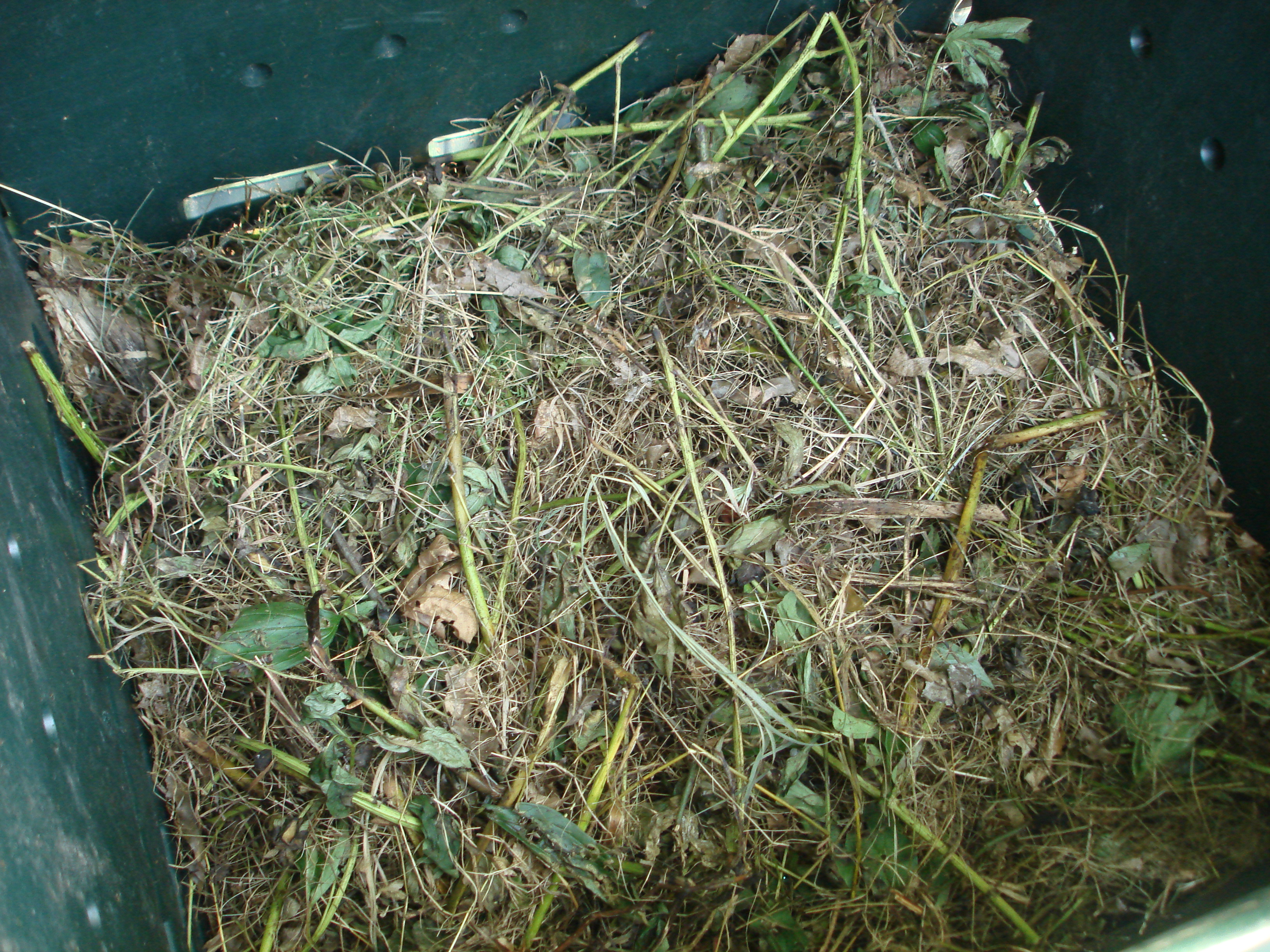
Every composter faces challenges, but they’re usually easy to fix. It’s natural to have fruit flies, fungus gnats and other small flies in your compost – they are a key part of the ecosystem. But fly infestations are more likely if the compost is too wet or has too much green waste. Keep a good balance of material or place a layer of cardboard or soil at the top of the heap. If your compost smells bad, you probably have too many nitrogen-rich materials.
One of the drawbacks of composting is the odor emanating from it. It can be unpleasant if not managed well. Good compost smells like fresh earth, while bad compost smells like rotting garbage or urine. The solution is usually adding more brown materials and turning your pile to get air flowing. Remember, composting should smell earthy and pleasant, not like a garbage dump.
Using Your Finished Compost
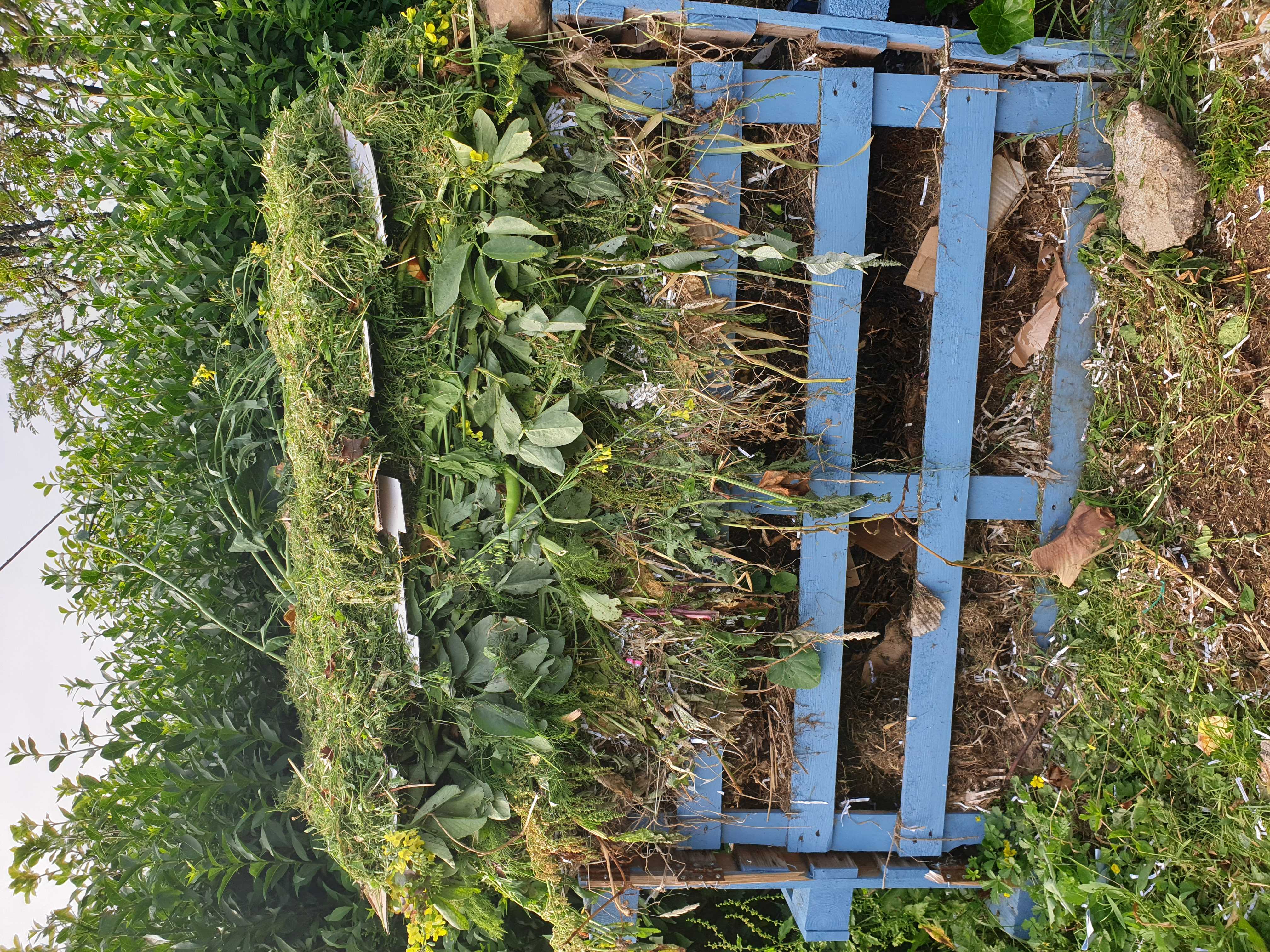
You can add compost to your flower and vegetable beds, window boxes, and container gardens; incorporate it into tree beds; mix it with potting soil for indoor plants; or spread it on top of the soil in your yard. Compost can be used as a soil amendment or as a mulch. Your homemade compost is incredibly versatile.
As a soil amendment, mix in two to four inches of compost to the top six to nine inches of your soil. As a mulch, loosen the top two to three inches of soil and add a three-inch layer of compost on the surface, a few inches away from plant stems and tree trunks. Compost improves the structure and health of your soil by adding organic matter. It helps the soil retain moisture and nutrients and attracts beneficial organisms to the soil and reduces the need for pesticides and fertilizers. Your plants will absolutely love the nutrient boost.
